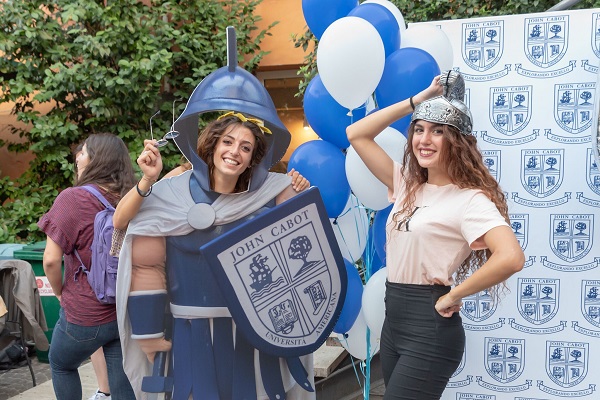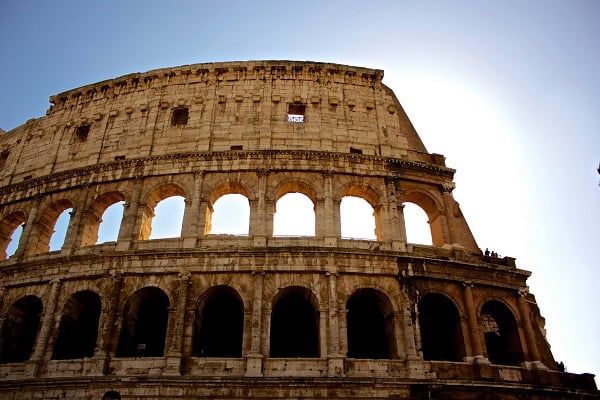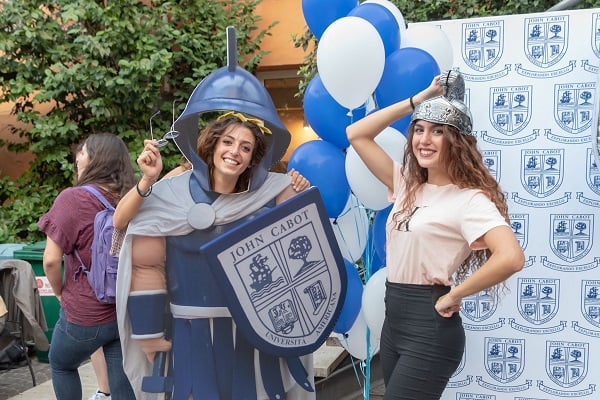

In Ancient Rome, gladiator battles were a popular source of entertainment. Gladiators were slaves, criminals, and sometimes even emperors, who would fight each other in front of thousands of spectators. The Colosseum in Rome was the largest arena in the ancient world and could seat up to 50,000 spectators. It’s still standing today and can be admired by tourists, locals, and students alike. Read on to find out more about the fascinating and heartbreaking history of gladiators.
Study Abroad in Italy and See the Colosseum
In 72 CE construction of the Colosseum began, even though it didn’t open until 80 CE. By this time, gladiator games had evolved to be a popular sport. The Colosseum is commonly said to be the largest amphitheater in Roman history, and was the grounds for some of the largest and most elaborate fights ever held. If you choose to study abroad in Rome, history will be just a few blocks away.
Fights were divided into different styles. The most popular were Thraece and Murmiollones which involved a sword and shield; Equites, which involved fighting on horseback; Esseadarri on chariots; Dimachaerus with two swords at once; and lastly Retiarius, which involved trying to ensnare opponents in a net.

Spartacus Escapes from Gladiator School
Spartacus is one of the most famous gladiators in history. Originally a Roman soldier, Spartacus was imprisoned and enslaved before being trained in gladiator school.
In 73 BCE, Spartacus organized a historic revolt and escaped from gladiator training school with approximately seventy other slaves. His following soon grew to around 70,000 and his team defeated huge numbers of the Roman army that tried to recapture them.
Eventually, Spartacus was defeated by the Roman forces in 71 BCE. However, he remains a legend and has inspired a number of books and films.
Being a Gladiator at JCU
Today at JCU, the term ‘gladiator’ has taken on a slightly different meaning. As a way of paying homage to Rome’s unique history, our school mascot is Maximus the Mascot. This charming mascot of an Ancient Roman gladiator is present at every sports game to bring luck and team spirit to players when they study in Italy.
Gladiators were seen as legendary sportsmen in Ancient Rome. Nowadays, students at JCU can join various sports teams including soccer, volleyball, basketball, and cheerleading. And with the backing of Maximus, they’ll be sure to be on the winning team!

Do you want to study abroad and learn more about Ancient Rome, gladiators, and more?
Contact John Cabot University to learn more about our programs!




